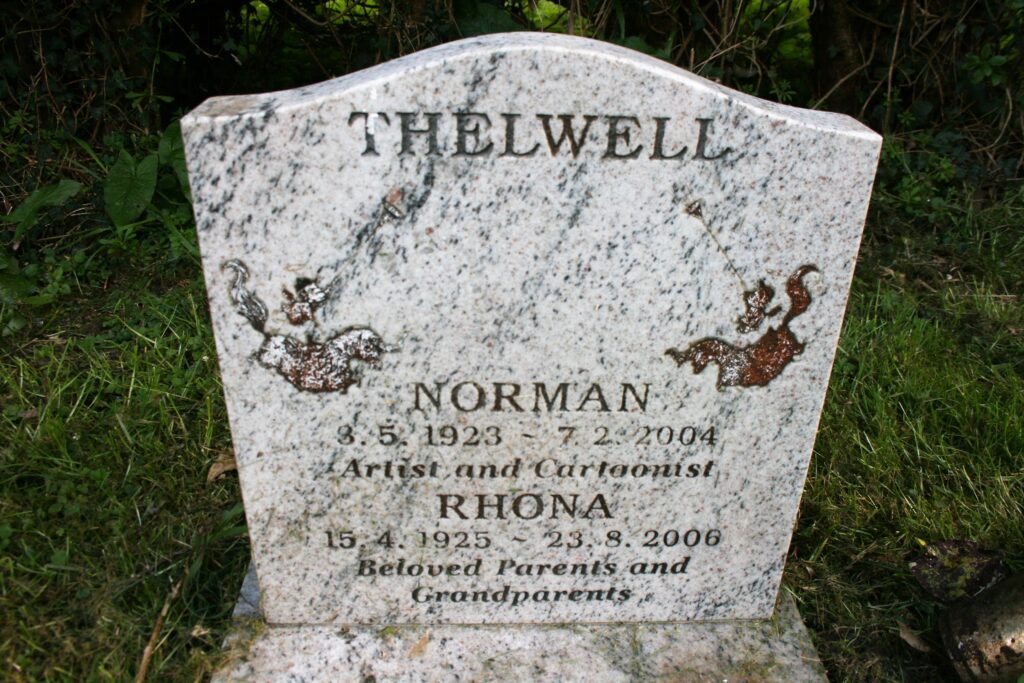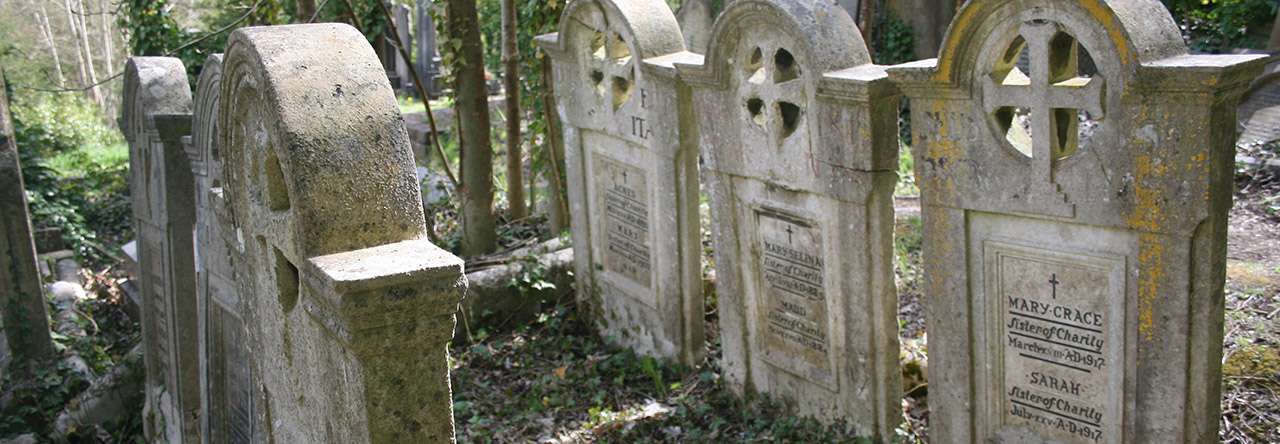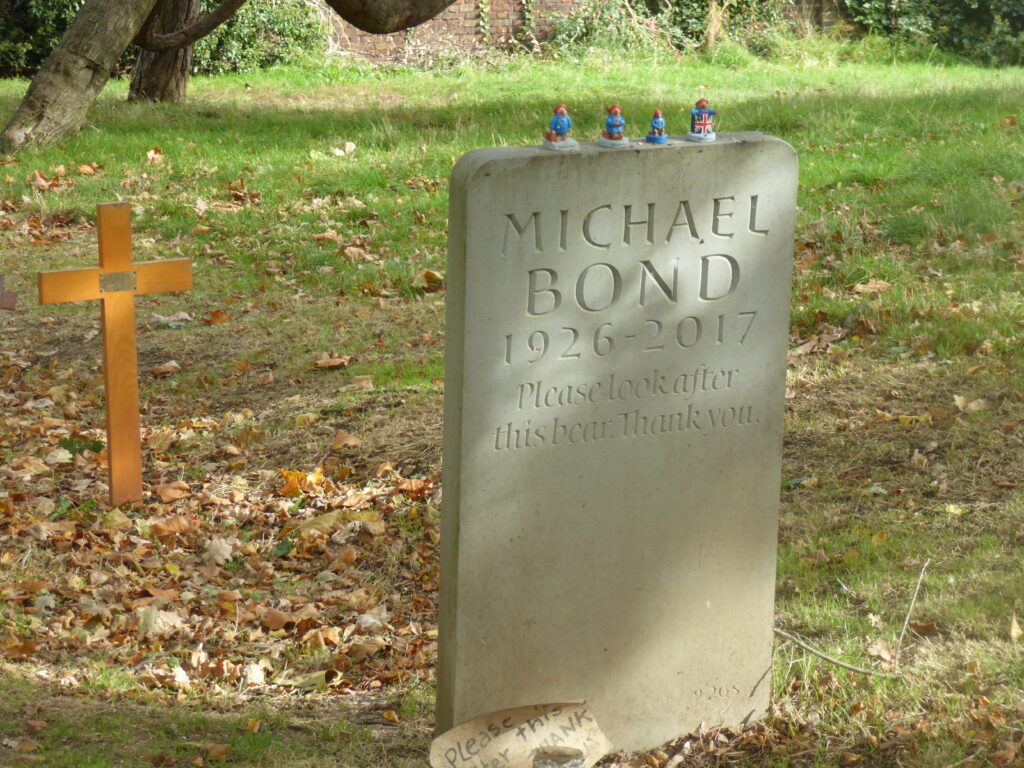Norman Thelwell (1923-2004) produced talented landscapes in watercolours and oils. He was better known however for his prolific output of cartoons; some poked gentle fun at human foibles, but it was the Thelwell Pony which brought him lasting celebrity and gave pleasure to generations of children and adults. The pony cartoons were born in the 1950s when, in a field viewed from his studio, Thelwell observed two fat, hairy, bad tempered ponies called Thunder and Lightning. In his autobiography he wrote:
They were owned by two little girls about three feet high who could have done with losing a few pounds themselves. They would arrive to collect their mounts in yellow pullovers, tiny jodhpurs, and velvet safety helmets. Thunder and Lightning would pointedly ignore them, but as the children got near, the ponies would swing round and give a few lightning kicks which the children would sidestep calmly. They had the head collars on those animals before they knew what was happening. I was astonished at how meekly they were led away, but they were plotting vengeance – you could tell by their eyes.
There followed a lifetime association with the trademark plump, stubborn ponies and their equally plump, determined riders. The comic strip Penelope and Kipper featured in the Sunday Express, and the collections of cartoons came out on a regular basis, delighting not just Pony Club Members but a whole spectrum of children and adults.
On the hundredth anniversary of his birth this year two exhibitions celebrate the work of Thelwell: one at Mottisfont, a National Trust property near his home in Hampshire, the other at the Cartoon Museum in London. The latter features his work alongside that of other cartoonists and environmentalists in an event in support of climate recovery and carbon neutrality. Entitled Norman Thelwell Saves the Planet, it pays tribute to the prescient concerns raised in his work The Effluent Society (1971), a humorous but heartfelt plea to take better care of the natural world.
In lieu of commonplace angels sounding the last trump, Thelwell’s gravestone in St. Andrew’s churchyard at Timsbury, Hampshire features two resolute little girls with herald trumpets blasting the peace of the graveyard undaunted at being bounced out of their saddles by their recalcitrant ponies.


